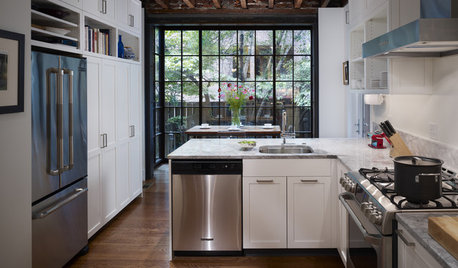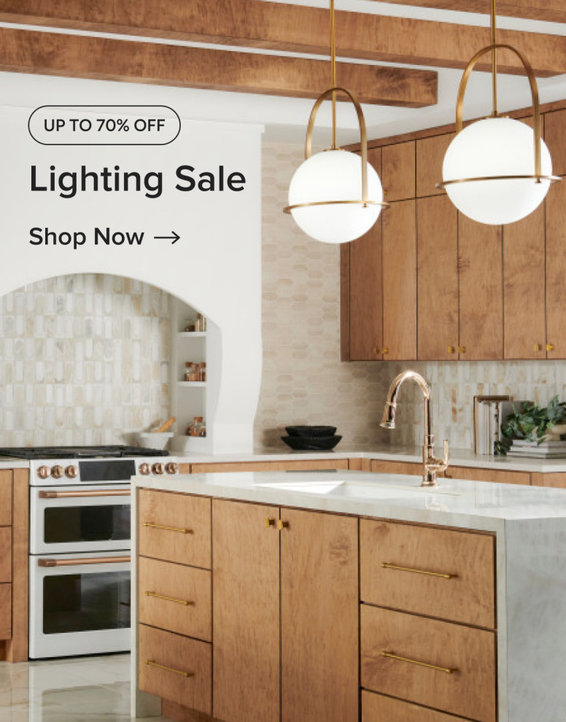Best Home Design Software?
Winger79
11 years ago
Featured Answer
Comments (35)
Alex House
11 years agolast modified: 9 years agovirgilcarter
11 years agolast modified: 9 years agoRelated Discussions
Need suggestions for software for designing your own house plans
Comments (6)The key issue is whether you are trying to design the house or create construction documents - two very different goals. Many homeowners tend to think of the "design" of a house as a "plan" when, in reality, it is just one of many ways to help someone to visualize the actual design and it is not always a very good one for complex designs. Plans, elevations, details and schedules work well for builders because they aren't trying to evaluate the overall design, only build the house one piece at a time. IMHO nothing compares to SketchUp for preliminary design at any price (SketchUp basic is free, SketchUp Pro is $495, the Student version of Pro is $49/year and a trial version of Pro is free.) Since it is unlikely a homeowner will have the knowledge to draw a set of construction documents I would suggest sticking to preliminary design and hiring someone with the proper experience to do the rest. A SketchUp model can be easily looked at in plan view especially with the Section Tool shown in the link below. It doesn't take a skilled drafter much time to enter the information from a SketchUp model into a 2D CAD file because the drafter can use the tape measure tool to find all of the dimensions (if they are not already labeled in the model) and it is possible to import a 2D version into almost any CAD program (Pro has DXF export and the free version will need a plugin script that is available free online.) SketchUp may seem intuitive and for a grade school student it is but for a house designer it has so many valuable features that it requires taking a course at a school or online to be used effectively. You should study and experiment for a month before starting to design your house. There are books available at Amazon and online courses from SketchUp and from SketchUp for Dummies/aidanchopra.com. When I open a SketchUp model from 10 years ago I am surprised at how few of the features I was able to use. There is never an end to learning with any CAD program. Each new version of the software adds incredible features. SketchUp view inside model...See MoreBest room design software
Comments (4)Just wondering, does anyone know if it's possible to do rooms with cathedral (sloping) ceilings in homestyler? I can't figure out how to do it, so far; I see where to enter the ceiling height for rooms, but it only allows one height. I have emailed the site's support for help, but still waiting for a reply. Anyone else bump into this?...See MoreBest design software ?
Comments (2)floorplanner.com after trying many other sites I enjoyed this one. it's also free!...See MoreBest free kitchen design software?
Comments (3)I've just started to use the IKEA planner which I think is easy to use. It doesn't have the most number of sizes but could be a good starting point....See Morecaben15
11 years agolast modified: 9 years agomike665
11 years agolast modified: 9 years agobrickeyee
11 years agolast modified: 9 years agoZGAnderson
11 years agolast modified: 9 years agoWinger79
11 years agolast modified: 9 years agorenovator8
11 years agolast modified: 9 years agoAlex House
11 years agolast modified: 9 years agorenovator8
11 years agolast modified: 9 years agoAlex House
11 years agolast modified: 9 years agorenovator8
11 years agolast modified: 9 years agoAlex House
11 years agolast modified: 9 years agorenovator8
11 years agolast modified: 9 years agoAlex House
11 years agolast modified: 9 years agorenovator8
11 years agolast modified: 9 years agobrickeyee
11 years agolast modified: 9 years agorenovator8
11 years agolast modified: 9 years agovirgilcarter
11 years agolast modified: 9 years agobrickeyee
11 years agolast modified: 9 years agojohn_wc
11 years agolast modified: 9 years agovirgilcarter
11 years agolast modified: 9 years agobrickeyee
11 years agolast modified: 9 years agojohn_wc
11 years agolast modified: 9 years agorenovator8
11 years agolast modified: 9 years agorenovator8
11 years agolast modified: 9 years agovirgilcarter
11 years agolast modified: 9 years agorenovator8
11 years agolast modified: 9 years agovirgilcarter
11 years agolast modified: 9 years agobarouch
5 years agoVirgil Carter Fine Art
4 years agolive_wire_oak
4 years agoRobert Reuther
4 years agolast modified: 4 years agolive_wire_oak
4 years ago
Related Stories

DESIGN PRACTICEDesign Practice: How to Pick the Right Drawing Software
Learn about 2D and 3D drawing tools, including pros, cons and pricing — and what to do if you’re on the fence
Full Story
HOUZZ TOURSHouzz Tour: Visionary Thinking Clicks With a San Francisco Entrepreneur
An open mind and an unusual process help a successful software engineer get an interior design that suits and celebrates his life
Full Story
WORKING WITH AN ARCHITECTWho Needs 3D Design? 5 Reasons You Do
Whether you're remodeling or building new, 3D renderings can help you save money and get exactly what you want on your home project
Full Story
FUN HOUZZWorld of Design: 16 Fun Homes That Encourage Play
What does a fun home look like? These 16 very different properties around the world are designed with enjoyment in mind
Full Story
REMODELING GUIDESPlan Your Home Remodel: The Design and Drawing Phase
Renovation Diary, Part 2: A couple has found the right house, a ranch in Florida. Now it's time for the design and drawings
Full Story
HOUZZ TOURSMy Houzz: Feel-Good Design Energizes a 1940s Ohio Home
Saturated colors and bold prints turn a boring beige house into a cheerful, inviting family home
Full Story
DECORATING GUIDES13 Home Design and Decor Trends to Watch for in 2013
It's predictions ahead as we find out what's on the radar of designers and makers for the coming year
Full Story
MY HOUZZMy Houzz: Classic Black and White Design in a Chicago Condo
Traditional design mixed with quirky details and unexpected color gives this graphic designer’s home a dark and glamorous vibe
Full Story
HOME OFFICESExpert Talk: 11 Desk Designs That Really Work It
Boring or inadequate desks don't cut it for productivity in a home office. File these desk designs and expert insight under "To Do"
Full Story
FEEL-GOOD HOME12 Very Useful Things I've Learned From Designers
These simple ideas can make life at home more efficient and enjoyable
Full Story










Mark Bischak, Architect